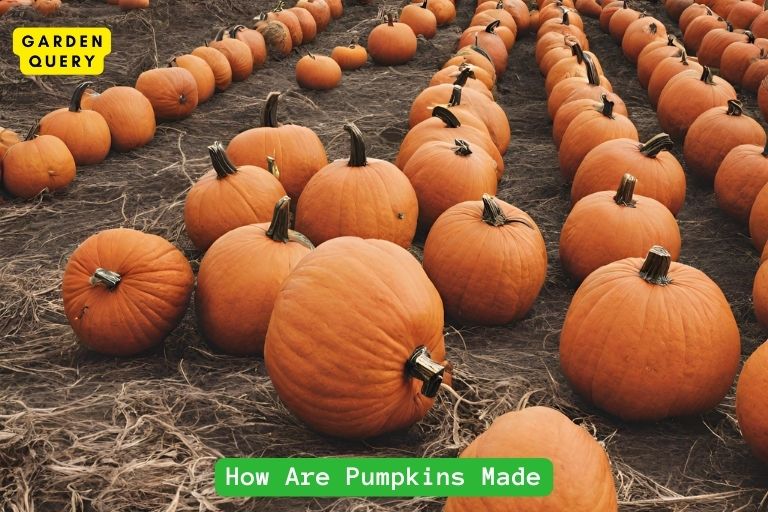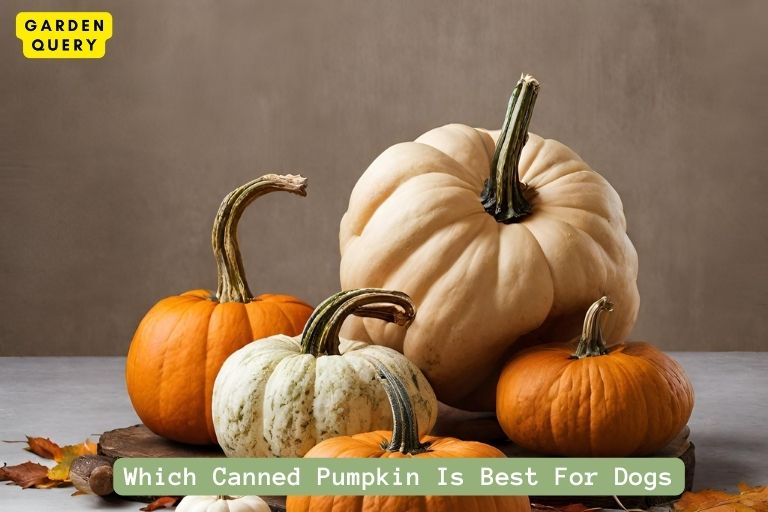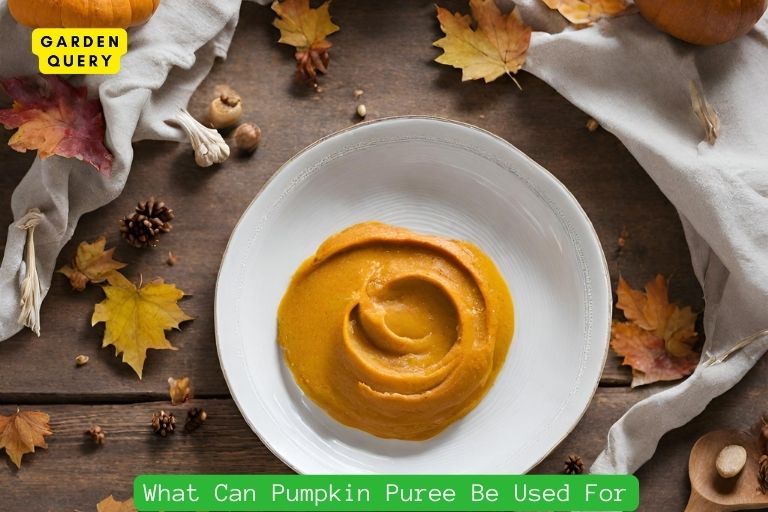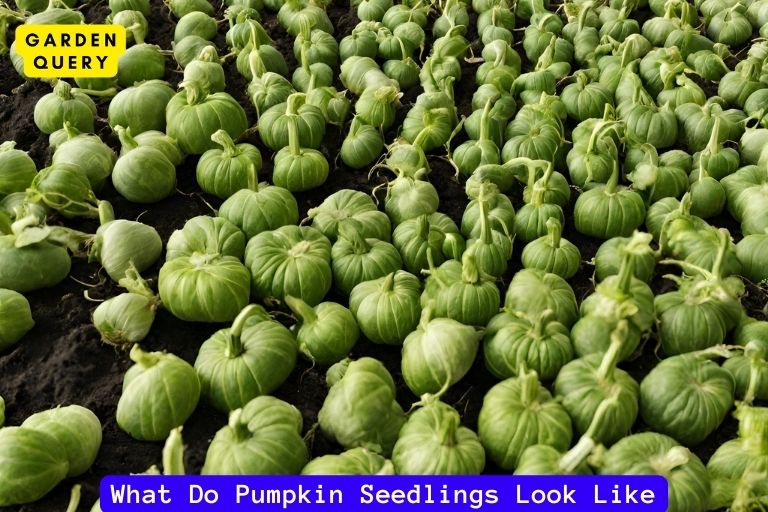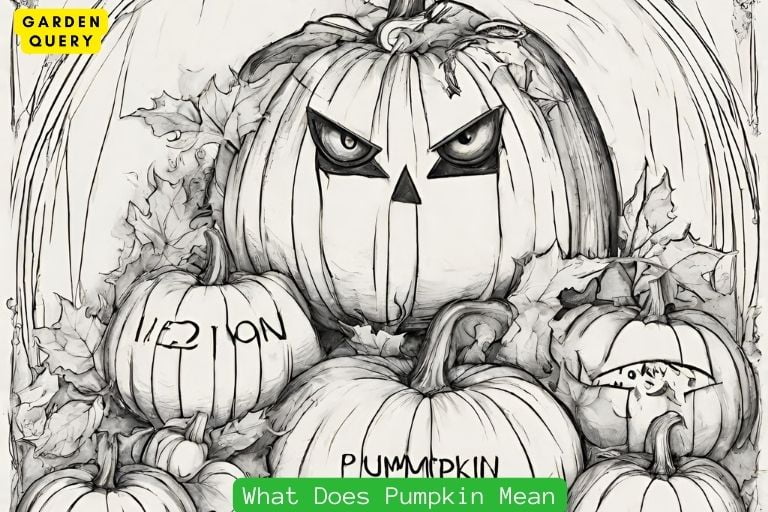Which Pumpkin Seeds Are Edible?
Edibility of Pumpkin Seeds
When it comes to pumpkin seeds, you might be wondering which ones are edible and which ones are not. Let’s delve into this topic and clarify any confusion.
First and foremost, it’s important to note that not all pumpkin seeds are edible. While some varieties produce seeds that are delicious and nutritious, others may have seeds that are too tough or bitter to consume. The key is to look for specific types of pumpkins that are cultivated for their edible seeds.
One type of pumpkin that is commonly grown for its edible seeds is the Styrian pumpkin (Cucurbita pepo var. styriaca). These pumpkins are primarily cultivated in Austria and Slovenia and are known for their dark green skin and unique, flavorful seeds. The Styrian pumpkin seeds, also known as “naked seeds,” are flat, large, and easy to shell. They are often used in cooking, baking, and as toppings for various dishes.
Another variety to consider is the hulless or semi-hulless pumpkin seeds. These are pumpkin seeds that have a thin or no outer shell, making them easier to eat. Hulless pumpkin seeds are typically smaller in size and have a delicate texture. You can find them in various supermarkets and health food stores.
It’s crucial to be aware that pumpkin seeds that come from decorative or carving pumpkins are not usually edible. These types of pumpkins are primarily cultivated for their size and appearance rather than their taste or seed quality. The seeds within these pumpkins are typically tough, fibrous, and not suitable for consumption.
If you’re unsure whether the pumpkin seeds you have are edible or not, you can always perform a simple taste test. Edible pumpkin seeds have a mild, nutty flavor and a pleasant crunch. They can be enjoyed roasted, salted, or used in various recipes.
To sum it up, when it comes to pumpkin seeds, opt for varieties specifically grown for their edible seeds, such as Styrian pumpkins or hulless pumpkin varieties. Avoid using seeds from decorative or carving pumpkins, as they are typically not suitable for consumption. Lastly, always remember to savor the delicious flavor and enjoy the nutritional benefits of edible pumpkin seeds.
Varieties for Consumption
When it comes to consuming pumpkin seeds, not all varieties are created equal. While some types are suitable for eating, others are better suited for decorative purposes or carving. Here are a few varieties that are commonly used for consumption:
- Hull-less or Naked Seeds: These are the most popular variety for eating. As the name suggests, they have no outer shell, making them easy to consume. These seeds are typically larger in size and have a softer texture.
- Lady Godiva: This variety is known for its large size and rich flavor. The shells are thin and delicate, making them easy to crack open. Lady Godiva seeds are an excellent choice for snacking or adding to salads and baked goods.
- Kabocha: This Japanese pumpkin variety produces seeds that are smaller in size but have a crunchier texture. They are commonly roasted and lightly salted for a delicious, savory snack.
- Sugar Pie: These seeds come from the popular sugar pie pumpkin, which is known for its sweet, flavorful flesh. The seeds are small and have a thin, white shell. They are often used in baking or as a topping for desserts.
- Oilseed Pumpkins: These varieties, such as Styrian pumpkins, are grown specifically for their seeds, which are used to produce pumpkin seed oil. The seeds have a unique, nutty flavor and are commonly used in cooking and as a topping for soups and salads.
It’s important to note that not all pumpkin seeds are suitable for consumption. Seeds from decorative or ornamental pumpkins are often not intended for eating and can be tough and tasteless. It’s always best to select seeds from varieties that are specifically grown for consumption.
In conclusion, when it comes to pumpkin seeds, choosing the right variety is key. The hull-less or naked seeds, Lady Godiva, Kabocha, Sugar Pie, and oilseed pumpkins are all excellent choices for consumption. Whether you’re looking for a quick snack or a flavorful addition to your favorite dishes, these varieties are sure to satisfy your taste buds. So next time you’re carving a pumpkin or shopping for seeds, make sure you select the right variety for a delicious and enjoyable experience.
Preparing Edible Pumpkin Seeds
When it comes to enjoying the deliciousness of pumpkin seeds, there are a few steps you need to take to ensure they are edible and ready to be devoured.
Cleaning the Seeds: Start by scooping out the seeds from the pumpkin’s insides. Separate them from the pumpkin pulp using your hands or a spoon. Once you have the seeds separated, rinse them thoroughly under cold water to remove any remaining pumpkin debris. Pat them dry with a paper towel or leave them out to air-dry for a bit.
Roasting the Seeds: Preheat your oven to 300°F (150°C). Spread the clean and dry pumpkin seeds in a single layer on a baking sheet. Drizzle them lightly with olive oil or melted butter and sprinkle with salt or your preferred seasonings. Toss the seeds gently to ensure they are evenly coated. Place the baking sheet in the preheated oven and roast the seeds for about 30 minutes or until they turn golden brown. Remember to stir the seeds every 10 minutes to prevent sticking or uneven roasting.
Cooling and Storing: Once the pumpkin seeds are beautifully roasted, remove them from the oven and let them cool completely on the baking sheet. This will allow them to become crisp and crunchy. Once cooled, transfer the seeds to an airtight container or a resealable bag. Keep them in a cool, dry place, and they should stay fresh for a couple of weeks.
Variations: If you want to experiment with different flavors, you can add a variety of seasonings to your roasted pumpkin seeds. Some popular options include chili powder, garlic powder, paprika, cumin, or cinnamon and sugar for a sweet twist. Mix and match these spices to create a taste that suits your preferences.
By following these simple steps, you can easily transform raw pumpkin seeds into a tasty snack that you can enjoy all year round. So, go ahead and get creative with your seasoning choices, roast up a batch of delicious pumpkin seeds, and savor the crunchy goodness they have to offer.
Remember to save some seeds from your next pumpkin carving session and try out different flavor combinations. You’ll never look at pumpkin seeds the same way again.
Culinary Uses
When it comes to pumpkin seeds, their culinary uses are quite versatile. You can roast them, season them, and use them as a topping or ingredient in various dishes.
One of the most common ways to enjoy pumpkin seeds is by roasting them. Preheat your oven to 350°F (175°C) and spread the seeds in a single layer on a baking sheet. Drizzle some olive oil over them and sprinkle with your preferred seasonings, such as salt, pepper, or your favorite spices. Roast them for about 10-15 minutes until they turn golden brown, stirring occasionally for even cooking.
Roasted pumpkin seeds make a delicious and nutritious snack on their own, but they can also be used to enhance the flavors of other dishes. You can add them to salads, soups, stir-fries, or even sprinkle them over roasted vegetables for an extra crunch.
Another culinary use for pumpkin seeds is in baking. You can incorporate them into bread, muffins, cookies, and granola bars to add a delightful texture and nutty flavor. Simply chop the seeds or grind them into a fine powder before adding them to your recipe.
Pumpkin seed oil is another popular culinary product derived from pumpkin seeds. It has a rich, nutty flavor and is often used as a dressing for salads or drizzled over roasted vegetables. You can also use it as a finishing touch to add depth and flavor to soups and stews.
Pumpkin seeds can also be used in sweet treats like pumpkin seed brittle or pumpkin seed butter. The butter can be spread on toast, used as a dip for fruits or crackers, or even added to smoothies and baked goods.
Before using pumpkin seeds in your culinary creations, it’s important to note that not all pumpkin seeds are edible. The seeds from carving pumpkins are often fibrous and not suitable for consumption. Instead, look for specific varieties of pumpkins, such as sugar pumpkins or hulless pumpkins, which have seeds that are smaller, easier to eat, and more flavorful.
In conclusion, pumpkin seeds can be a versatile and delicious addition to your culinary creations. Whether you roast them, use them as a topping, or incorporate them into baked goods, pumpkin seeds can add a delightful nutty flavor and satisfying crunch to a variety of dishes. Just remember to choose the right type of pumpkin seeds for consumption, and get creative with how you use them in your recipes.
Conclusion
In conclusion, it’s important to remember that not all pumpkin seeds are created equal when it comes to edibility. While all pumpkin seeds are technically edible, some varieties are better suited for eating due to their shell characteristics and taste.
The hull-less or naked seeds are the easiest to eat since they don’t have a tough outer shell. These seeds are often sold as “pepitas” and are commonly used in cooking and baking. They have a mild, nutty flavor and are rich in nutrients like zinc, magnesium, and protein.
On the other hand, seeds from jack-o’-lantern pumpkins with thick and fibrous shells are more challenging to eat. These seeds are commonly used for decoration and can be roasted to create a crunchy snack. However, they’re not as enjoyable to eat due to their tough texture.
If you’re unsure about the edibility of the seeds from a specific pumpkin variety, it’s best to check with a reliable source or local expert. It’s also worth noting that seeds from all pumpkins should be properly cleaned and prepared before consumption to remove any dirt or tissue remnants.
In summary, when it comes to pumpkin seeds, opt for the hull-less variety like pepitas for the best eating experience. Enjoy them roasted, seasoned, or added to your favorite recipes for a delicious and nutritious treat. So next time you carve a pumpkin or cook a pumpkin dish, make the most of those edible seeds and savor their flavors.
- Best Therapists In Dallas - February 1, 2024
- Holly Willoughby Husband: Holly Willoughby’s Love Story - January 30, 2024
- Holly Willoughby Dress: 5 Style Secrets and 7 Must-Know Career Milestones - January 30, 2024
